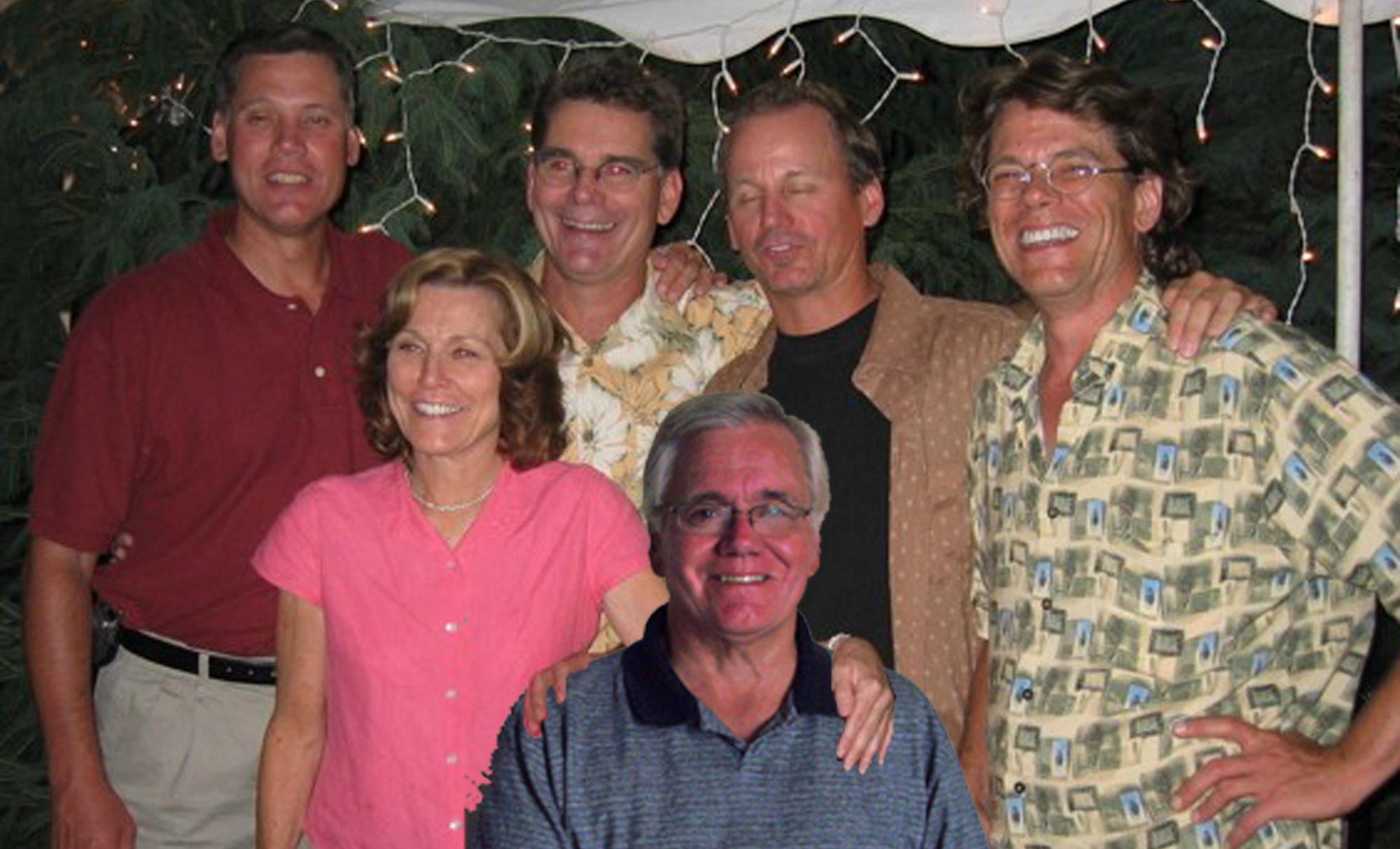I have broken the terabyte barrier.
I had a little technical problem last week which led to this momentous occasion.
I’ve been somewhat in the market for a new computer for quite a while. My computer went down almost a year ago and I had to fall back to an older slower one so I’ve been semi-looking around but never got around to pulling the trigger on a purchase. The inevitable happened last weekend when my backup machine seized up (I still had my IBM ThinkPad so I wasn’t completely cut off from the world) so I suddenly got more serious about getting a new one.
I happened to find a pretty good deal online from Best Buy. A two day Memorial Day Special on an HP machine (IBM sold off their PC business to Lenovo a couple of years ago, so I don’t have the IBM brand loyalty as much anymore – still get an employee discount at Lenovo though so I am a little predisposed to buying from them).
The HP machine came 2.5 GHz Pentium Dual-Core processor, 640 GB hard drive, and a 19 inch widescreen monitor. Best Buy’s Memorial Day special was $180 off which brought its price down to $499. I did my homework on the processor and while it wasn’t the latest Quad-Core, the reviews that I read called the processor a good deal (according to the reviews the processor lacks a couple of video instructions that mean that it wouldn’t be a good choice if you do much video editing but that’s something I haven’t gotten into yet). The $180 off deal got the machine into the price range that I was looking for and it was available at my local store so I jumped at it.
The machine did have a couple of shortcomings (only has one DVD drive and only supports one monitor, for example) but with the parts I have laying around the house, I figured I could address those. And it’s all those parts that led to my terabyte barrier breakthrough. With the purchase of the new computer, I decided it was probably time to do something with all these computers/parts that I have laying around. Some of the stuff works, some doesn’t – but just tossing electronics in the trash isn’t a good idea (and probably against the law to boot).
One thing that I was particularly concerned about was my hard drives. While I’m not normally a paranoid individual there’s undoubtedly information on them that could be put to use by nefarious souls. There’s also possibly stuff on them that I might want to keep (while I do back things up, like most people I don’t do it often nor thoroughly enough). Both of those considerations led me to get an external hard drive enclosure where I could install a drive from one of my other computers, dig through it looking for anything that I might need, then thoroughly erase it.
For a couple of years, I’ve had an 250GB external hard drive that I’ve attached to my computers that I primarily use for backup. It’s USB attached so I can easily move it from machine to machine (or hook it up to my ThinkPad). It was the first thing (after the internet connection) that I hooked up to my new computer. Now with my new enclosure, I just bumped my storage up even higher, It occurred to me that with my largest extra internal drive (120GB) installed, I’d be over the terabyte barrier (640GB + 250GM + 120GB = 1.01TB).
Here’s what makes that number really hit home with me.
Most of my time in IBM was spent marketing mainframe computers. Back in “my day”, a terabyte of storage meant a lot. This photo is of the IBM 3390 Direct Access Storage Device which was a breakthrough drive when we announced it.

The 3390 is the device in the front next to the man. He’s standing by a string of 3390s (three of them) which are attached to the controller just to the left of the string. Behind the 3390s is a string of 3380s which the 90s replaced. The 3390 was introduced in November of 1989 so it’s just about 20 years ago (it was one of the products that I had responsibility for marketing when I lived in Chicago back then).
Here’s where things start to get mind boggling. The string of 3390 DASD that the guy in the photo is standing next to would typically sell for about $750,000. The string would hold a max of 68.1GB. To store a terabyte of data, you would need a string of 15 of these devices at a cost of well over $10,000,000. You’d also need a large well air conditioned room to hold them (they usually sat in a darkened room just off of the main computer room typically called the DASD farm). If I remember correctly, Sears/Allstate and State Farm were the first customers in the area to break through the terabyte barrier.
Today, you can buy a terabyte of storage that will sit on your desk for under $100.
In my wildest dreams I never would have imagined that I’d have a home computer with a terabyte of data storage.
